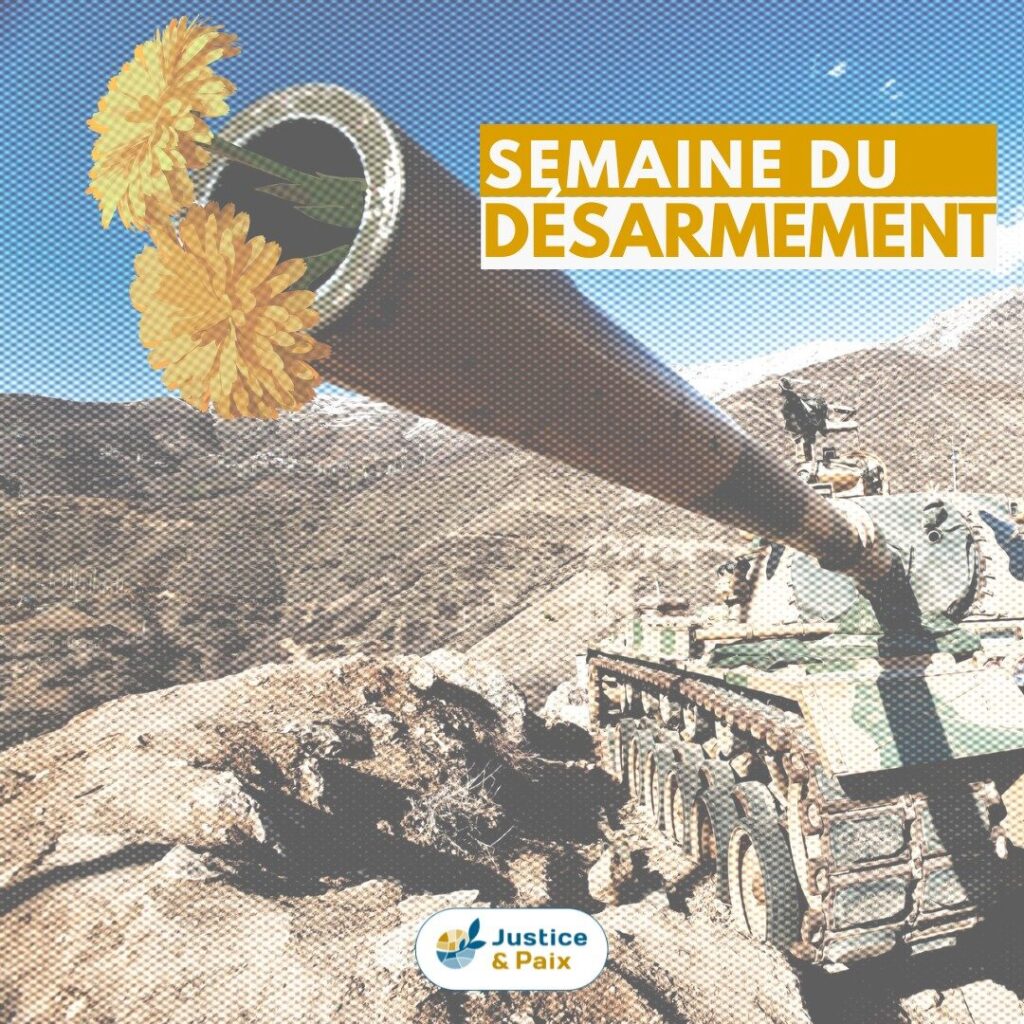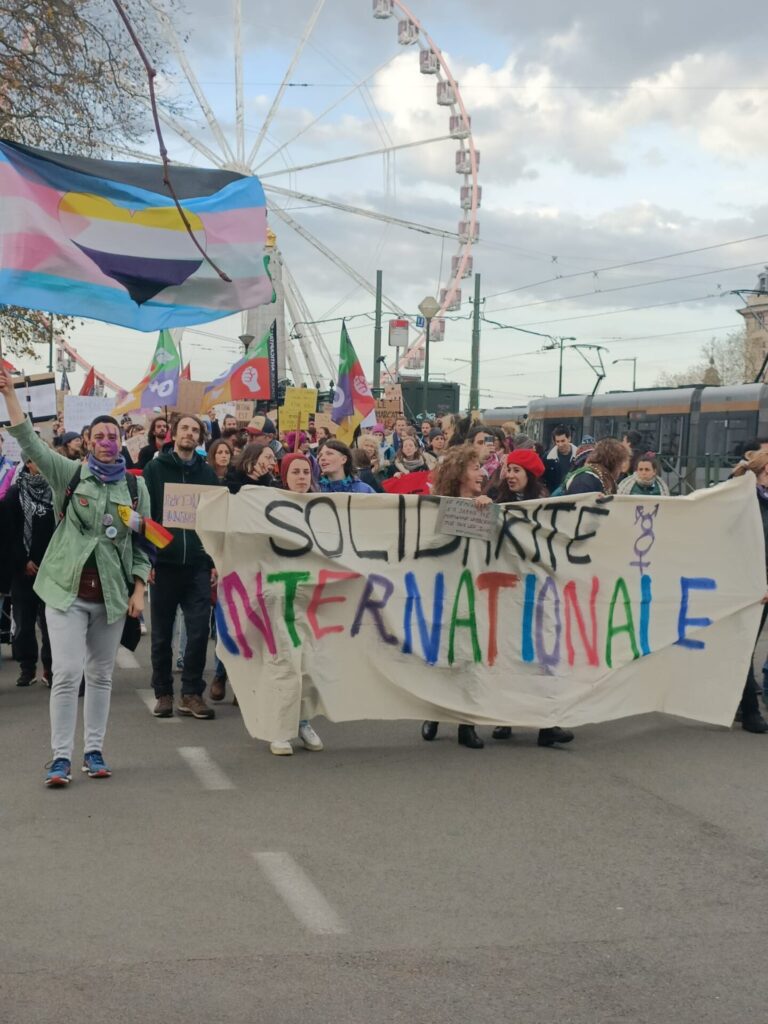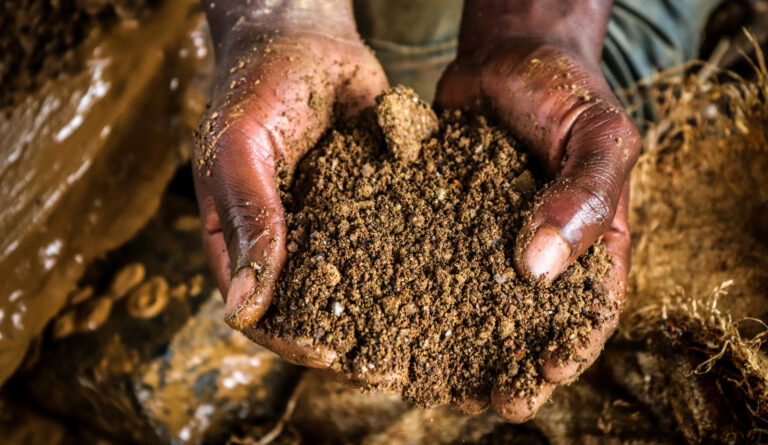Colombia has been experiencing internal conflict for almost 50 years. It opposes the guerrilla movement of the Revolutionary Armed Forces of Colombia (FARC), of Marxist inspiration, to the central government. Despite the lasting distrust, a peace process is nevertheless underway, and could soon see the protagonists reach an agreement. Hosted by Cuba, the talks are already producing convincing results, but there is still a long way to go before achieving reconciliation.
A look back at one of the oldest conflicts on the planet and at the challenges that already arise for the post-conflict…For several weeks, Havana has hosted the peace dialogue between a tired but still active guerrilla, and a government eager to put an end to a conflict which undermines its image on the international scene. Norway and Cuba are the two main mediators, while Venezuela and Chile accompany the process. These countries thus bear the heavy responsibility for the success of these discussions, which have brought together five representatives from each camp since November 2012. On March 19, 2013, the seventh round of negotiations closed with already a first partial success achieved. The chapter on access to and use of land, a highly sensitive theme which, according to the protagonists, is at the origin of the internal conflict, is about to be completed and could well be the subject of an agreement during of the next meeting. In this country, the concentration of land is alarming. According to the United Nations, it is one of the most unequal countries in terms of land distribution: 52 % of agricultural land is in the hands of barely 1% of the population [1] The “Gini” index of rural property concentration in Colombia is 0.85, while the maximum rate of inequality is set at 1.. These large landowners have always blocked any large-scale agrarian reform thanks to their control of power. In addition, this situation has been compounded by the grabbing of 6.6 million hectares of land over the last 20 years by various organizations (drug traffickers, paramilitaries, large landowners and other criminal gangs). There are millions of farmers, including the 5 million displaced during the internal conflict, who are waiting for justice to be done.


